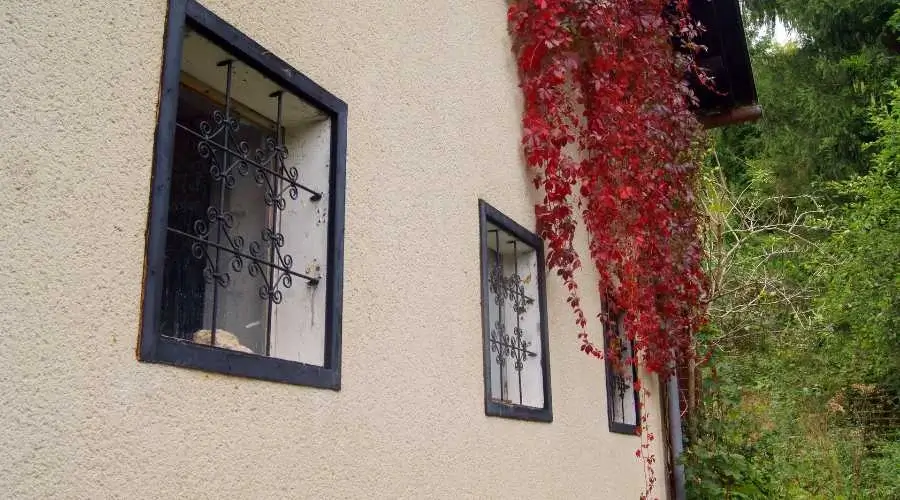Both the siding and the designs and sizes of residences vary greatly. Choosing the ideal alternative for you may be more complicated than most people realize, even though vinyl, wood, Hardie board, and stucco are common choices.
The siding of the home dramatically influences both security and beauty. It’s also crucial what you choose to write about. You must thus carefully review the benefits and drawbacks of stucco vs. Hardie siding before deciding on the siding type. The decision between Hardie siding and stucco is complex, however. Numerous factors are involved, such as the availability of funds and the climate. This website explains the differences between stucco and Hardie siding for your house.
WHAT IS STUCCO?
The common question is, “What is stucco?” On the other hand, Stucco is a mixture of sand, concrete, lime, and water that is sometimes used as a coating over detailed artwork. Stucco is reasonably priced since the components are so affordable, but it is sometimes a good idea to leave the application to experts. The layering technique may result in higher pricing overall.
Although stucco has the potential to cause psychological instability, it also provides effective weather protection from snow and rain. Additionally, it could be more energy-efficient; for example, the R-value of straightforward stucco is just around 0.20. However, when coupled with additional security and excellent installation from stucco contractors in Jersey City. it often functions well, much like the other options.
If interested, a professional can tell you which stucco is best. One key advantage of stucco siding is its versatility. Other tones may be added, and the information may be organized in patterns and whirls. Some customers could assume it is unpopular, given that it was mostly advertised in the 1980s and may look obsolete.
If you’re looking for professional installation, you may discover various options online by typing “who does stucco work near me.”
WHAT IS HARDIE BOARD?
The development of fiber concrete products in the 1980s impacted modern fiber concrete sheets, sometimes referred to as Hardie boards.
Fiber concrete, like faux stucco, contains 8–10% wood fiber and fly ash or silica sand to boost hardness and hasten to dry. Hardie board lasts for a very long period and needs very little maintenance.
It is available in many forms that are used for exterior siding, including:
- Lap siding
- Long sheets
- Vertical board and secure
- Shingles
Because Hardie board is water-safe and has a reputation for being difficult to handle, termites and other pests like bugs avoid it. The purchase may be justified by contrasting the Hardie board and stucco prices.
WHICH IS BETTER: HARDIE BOARD VS. STUCCO?
Residential stucco is less resilient or long-lasting than Hardie board. It can endure changes in temperature and moisture. Since Hardie siding products are molded, various surface choices that resemble stucco, brick, or wood are possible.
Another fantastic advantage is the option to paint or refinish fiber concrete using acid paint to clean it up or change the color.
While Hardie board offers the same reliability and durability as stucco, stucco is far more susceptible to moisture and insect damage.
Choosing between Hardie Board and stucco requires considering your property’s location. In periods of dry weather, stucco works wonderfully. Extreme stickiness or wetness, though, might make stucco crumble outside. Stucco requires more thorough upkeep than Hardie board materials, and painting stucco requires substantial surface preparation.
Both stucco and Hardie’s load-up have fire retardant properties and when seen from the outside, both impede the spread of fire by almost 60 minutes, giving residents time to leave.




